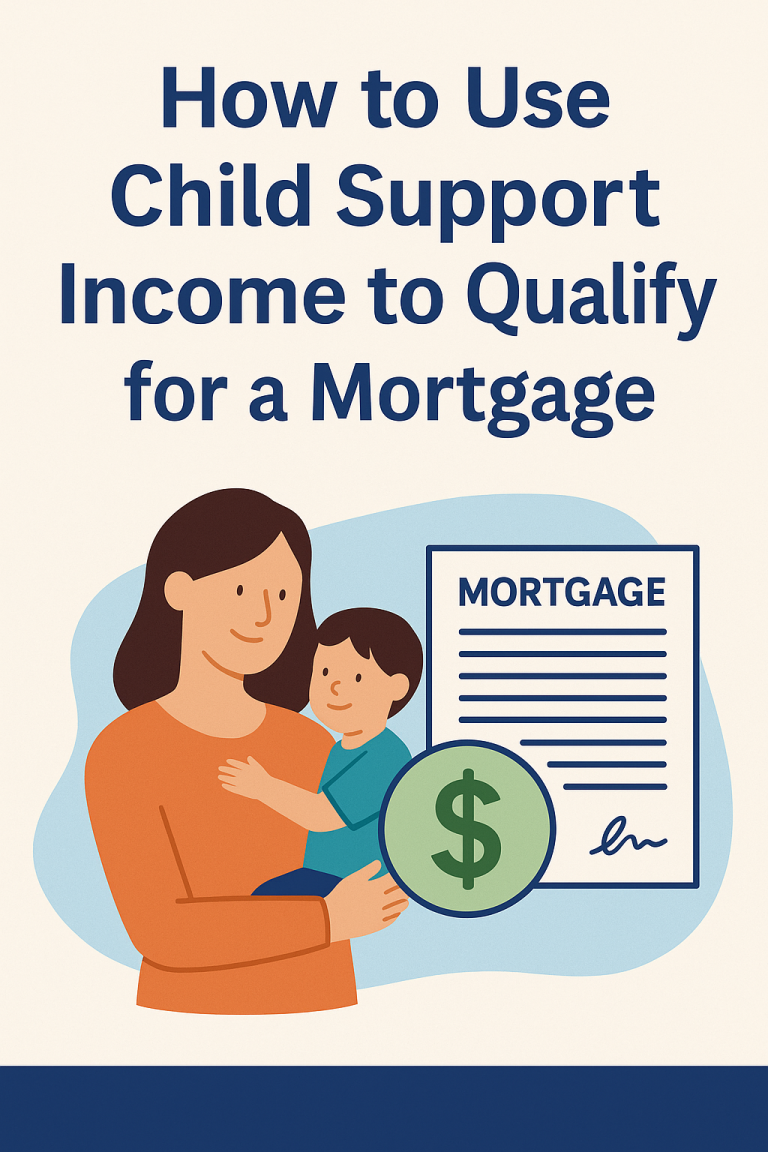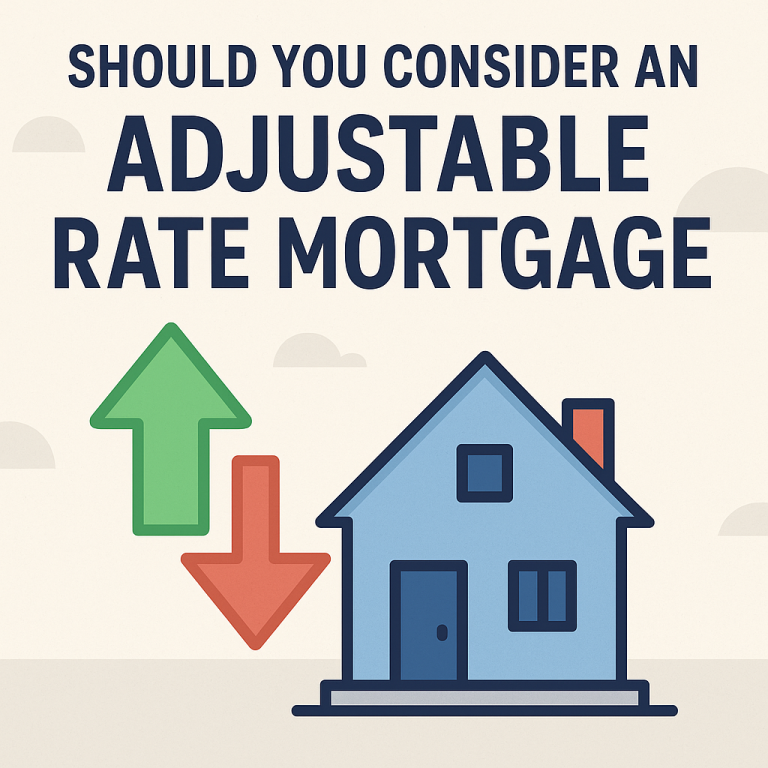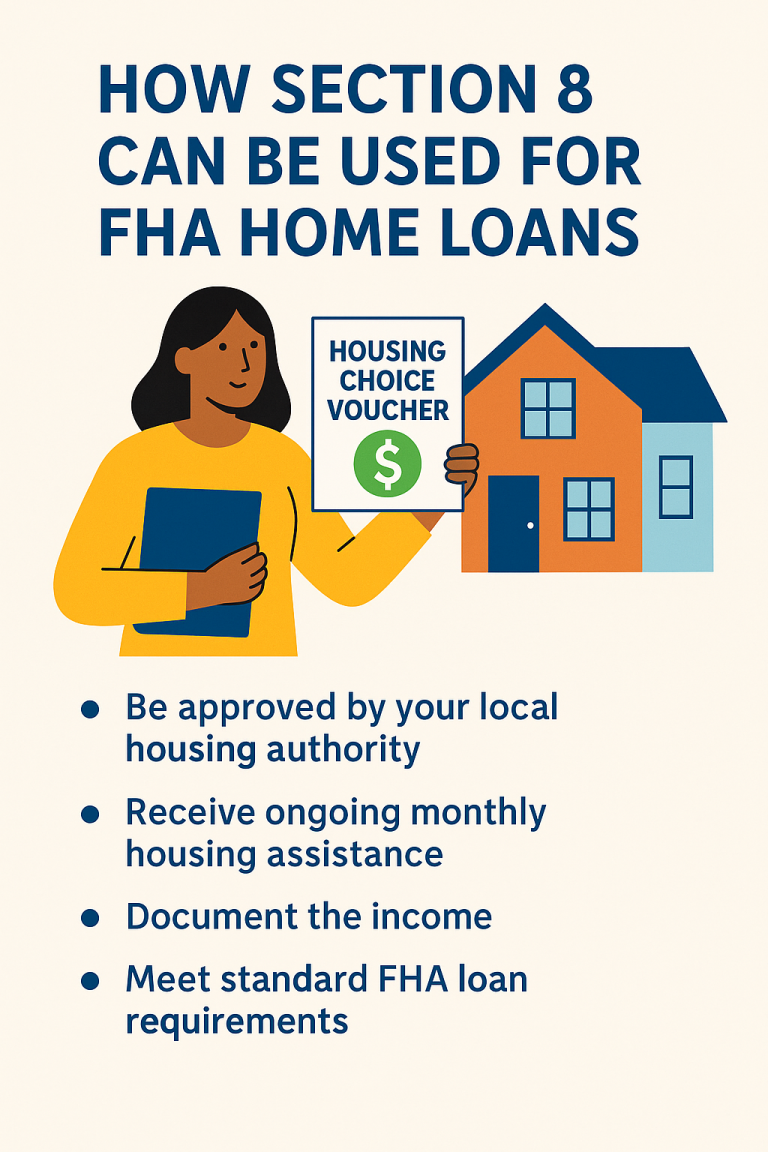When it comes to financing a manufactured or mobile home, not all properties are treated equally. One of the first questions any lender is going to ask—whether it’s for FHA, VA, or conventional financing—is this: When was the home built?
This single detail can dramatically shape your loan options, eligibility, and overall path forward. If you’re eyeing a manufactured home or helping someone navigate a purchase, here’s what you need to know—especially if the property in question was built before June 15, 1976.
The Cutoff Date: June 15, 1976
This date isn’t random. It marks the start of federal oversight through the HUD Manufactured Home Construction and Safety Standards, which put in place national building standards for manufactured housing. Homes built on or after June 15, 1976 meet HUD guidelines, making them eligible for:
FHA loans
VA loans
Conventional financing
Most credit union or portfolio products
If the home was built after this date, and it meets other typical lending requirements (good condition, proper foundation, HUD tags, etc.), your client has access to a broad range of financing solutions with as little as 3.5% down (FHA), zero down (VA), or 5% down with conventional.
Homes Built Before June 15, 1976: What Changes?
Now let’s flip the script. For manufactured homes built before June 15, 1976, the financing landscape shrinks—significantly.
Many traditional lenders—especially those offering government-backed loans—won’t touch these homes, no matter the condition, location, or equity. That’s because these homes aren’t HUD-compliant, and there’s no way to retrofit or grandfather them into modern standards.
In fact, for many lenders, pre-1976 manufactured homes are considered uninsurable and structurally uncertain. This severely limits your loan choices, typically pushing borrowers toward specialty lenders, private money, or all-cash purchases.
Verifying the Year Built: What If There Are No HUD Tags?
HUD tags—also called Certification Labels—are small metal plates affixed to the exterior of the home. They include a serial number that verifies when and where the home was built under HUD supervision.
But what happens if the home doesn’t have HUD tags or any DMV/manufacturer documentation?
Now you’ve got a real challenge. In this case, the lender may need to contact the Institute for Building Technology and Safety (IBTS). This agency can help determine the original build date and provide documentation that verifies whether the home qualifies under HUD guidelines.
However, if the IBTS can’t verify the year built, it becomes nearly impossible to finance through traditional channels. This is why early due diligence is critical—especially before going under contract.
Why Missing a 433A Filing Can Be a Deal Breaker
Even if a manufactured home is built after 1976, another common issue can delay or derail financing altogether: the absence of a recorded 433A.
A 433A is a document filed with the county recorder’s office that certifies the home is on a permanent foundation system, in accordance with state and federal guidelines. Without it, lenders may view the property as personal property (chattel) instead of real estate.
While FHA and VA loans require the home to be affixed to a permanent foundation, even conventional lenders prefer a 433A on file. If it’s missing, the loan may be declined or require extra time (and money) to obtain a retroactive certification from a licensed engineer and local agency.
From a lending standpoint, no 433A = red flag.
Final Thoughts: Know Before You Write the Offer
If you’re considering purchasing a manufactured home—or helping someone who is—the age and documentation of the property are deal breakers in most cases. Here’s a checklist to keep the process smooth:
Confirm the build date: Must be on or after June 15, 1976 for most financing
Look for HUD tags or DMV records
If missing, plan on working with the IBTS
Verify that a 433A has been filed with the county
For pre-1976 homes, your financing options will be limited, but in some cases (like in California), Credit Human and a few select lenders may offer options—with higher down payment requirements and stricter conditions.
As always, working with an experienced lender who understands the nuances of manufactured home financing can save you time, money, and headaches. Looking to buy a house? Get a free rate quote today!
Share:
RELATED MORTGAGE ADVICE FROM SCOTT SHELDON
Should You Consider an Adjustable Rate Mortgage?
When shopping for a home loan, most buyers immediately think of the 30-year fixed mortgage.…
View More from The Mortgage Files:
begin your mortgage journey with sonoma county mortgages
Let us make your mortgage experience easy. Trust our expertise to get you your best mortgage rate. Click below to start turning your home dreams into reality today!



